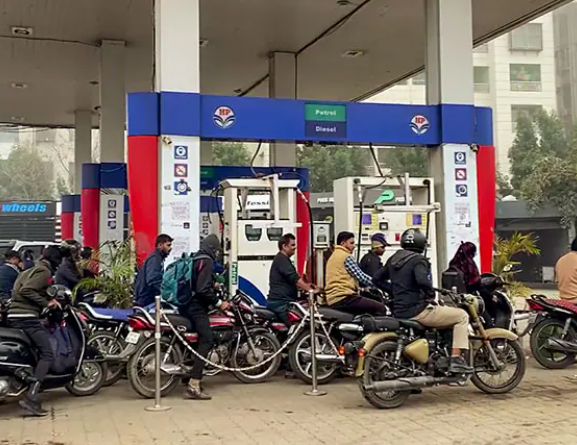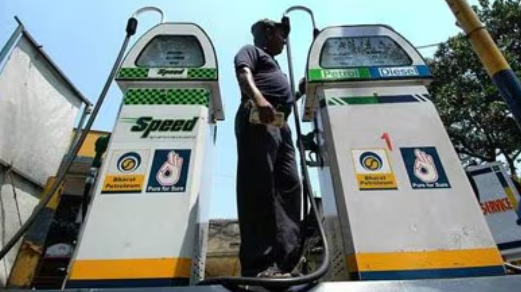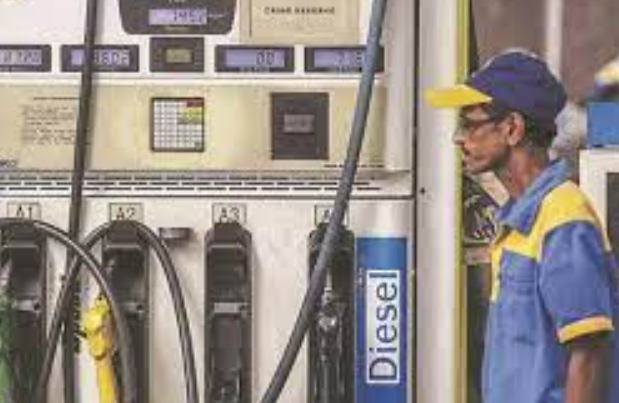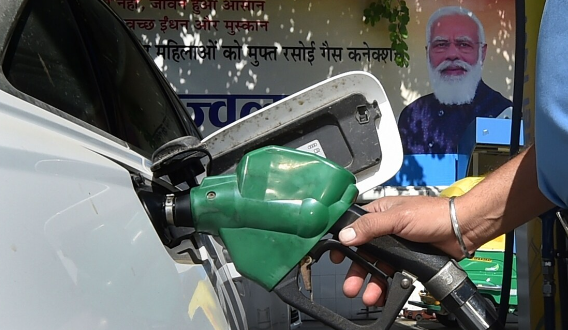India Slashes Petrol and Diesel Prices Ahead of Election
India is poised for a significant shift in its fuel landscape as state fuel retailers announce a much-anticipated reduction in petrol and diesel prices, marking the first adjustment in nearly two years. This development comes ahead of the anticipated announcement of the date for national elections, signifying a strategic move amidst the political landscape.

According to the petroleum ministry, the retail price of both petrol and diesel will witness a notable decline of 2 rupees ($0.0241) per litre in Delhi, bringing the prices down to 94.72 rupees and 87.62 rupees respectively. The ministry conveyed this announcement through a post on the social media platform X, indicating that the new prices will take effect from 6 am local time on Friday. Moreover, the ministry underscored that apart from providing relief to consumers at the pump, these reductions are poised to play a pivotal role in curbing inflation while simultaneously bolstering consumer confidence and spending.
In light of the impending national elections, opinion polls forecast a favorable outcome for Prime Minister Narendra Modi‘s Bharatiya Janata Party (BJP) and its coalition partners in the race for seats in the lower house of parliament. The reduction in petrol and diesel prices is anticipated to yield multifaceted benefits, including a boost in consumer spending and a reduction in operating costs for a wide array of vehicles dependent on diesel fuel. With over 5.8 million heavy goods vehicles, 60 million cars, and 270 million two-wheelers expected to benefit from these price adjustments, the impact on the economy is poised to be substantial.
It is important to note that the extent of price reductions in India may vary from city to city due to local taxes, reflecting the diverse fiscal landscape across regions. Against the backdrop of elevated food prices contributing to an uptick in annual retail inflation in February, these measures are strategically positioned to alleviate economic pressures and foster stability.
India’s annual retail inflation, although showing a slight dip to 5.09 percent in February from 5.10 percent in January, exceeded the forecast of 5.02 percent projected by a Reuters poll of 42 economists. This underscores the significance of proactive measures to address inflationary pressures and ensure economic resilience in the face of evolving market dynamics.
In a broader political context in India, the decision to reduce fuel prices aligns with a broader strategy aimed at garnering support from key voter demographics. Earlier this month, the government announced a reduction in the cost of cooking gas cylinders by 100 rupees, a move perceived as targeting female voters and enhancing electoral appeal.
As India navigates the complexities of an impending election cycle and economic challenges, these initiatives underscore a concerted effort to address key issues affecting citizens while positioning the government favorably amidst the electoral landscape. With fuel prices playing a crucial role in shaping public sentiment and economic stability, these proactive measures hold the promise of fostering confidence and stability in the lead-up to the national elections.
In addition to addressing immediate economic concerns, the reduction in fuel prices serves as a strategic maneuver to bolster the ruling party’s electoral prospects. With national elections on the horizon, the timing of this decision carries significant political weight, signaling the government’s responsiveness to public sentiment and economic challenges.
The petroleum ministry’s assertion that these price cuts will stimulate consumer spending and alleviate operating costs for millions of vehicles underscores the broader economic ramifications of fuel price dynamics. By reducing the financial burden on households and businesses alike, the government aims to foster an environment conducive to economic growth and stability.
Furthermore, the variation in price reductions across different cities highlights the nuanced approach taken to address regional disparities and local tax structures. This targeted approach ensures that the benefits of lower fuel prices are distributed equitably, irrespective of geographical location.
Stay up to date with every latest news-click here



